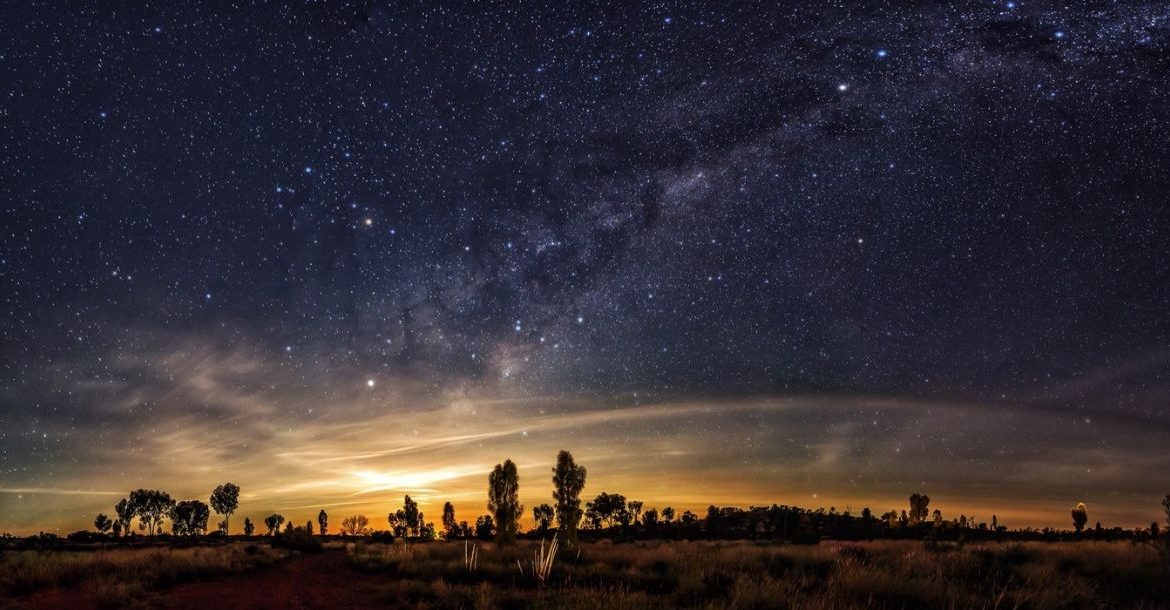The Benefits of a Multi-Barrier Case System
There are a lot of things that go into maintaining a geological repository, a facility that can offer long term storage, treatment, recovery and permanent isolation of equipment and hazardous waste services. These materials are isolated from the biosphere over geological time, which can mean anywhere from hundreds of thousands to even millions of years. These are dangerous materials, and they need to be kept in a safe place. To make sure that your geological repository is working correctly, you need to implement tools like a multi-barrier system.
What is a multi-barrier case system?
A multi-barrier case system helps to contain a high level of hazardous waste and chemical waste by implementing a combination of carefully selected active (man-made engineered barriers) and passive control measures (natural barriers). Depending on the system you use, you should have multiple fail-safe mechanisms. Tellus’ system does, and the best barrier to use is a passive control system. This is a barrier that doesn’t need to be monitored, consisting of a carefully selected site and host rock that is the fundamental property of geological waste repositories. This means the system will remain passively safe throughout geological time.
Why is it necessary?
Due to dwindling resources and a rising population, Australia is one of highest producers of waste per capita. Australian lifestyles contribute to the depleting of finite resources, which leads to the creation of many products that end up in a landfill. The reality is that waste is a hugely valuable resource, but we don’t always have the technology to properly dispose of it. Because of this, geological repositories are built to house the hazardous waste for future generations to responsibly dispose of it. A multi-barrier system keeps the geological repository working, which is instrumental to keeping hazardous waste away from the biosphere.
How Tellus is Planning for the Future
Tellus’ primary purpose is to protect our environment by putting difficult to manage wastes to good use and finding innovative ways for the waste to re-enter the circular economy. We store these resources in a “like with like” fashion to become a secondary recovery mine of tomorrow for future generations. This creates the ability to reduce the amount of primary resources mined and its associated reduction in energy and greenhouse gases required to convert the primary resource into a useful product.

